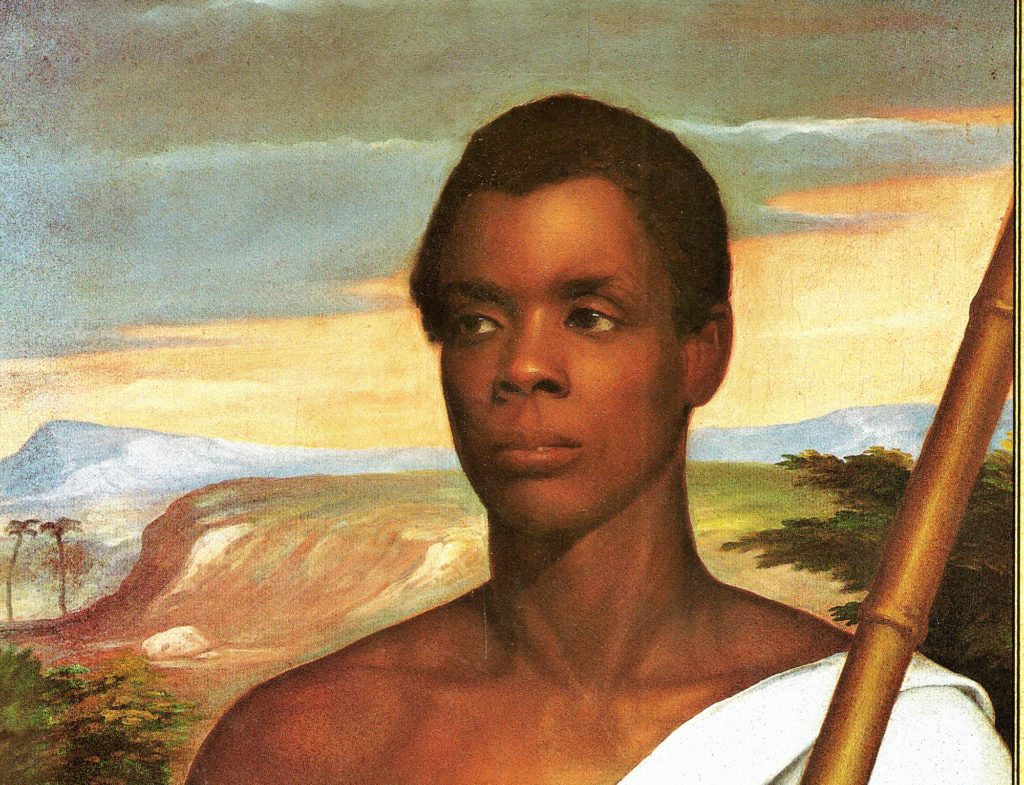Underground Railroad
 Beginning in the late 1700s, many slaves sought freedom by fleeing north to “free” states and Canada. Independent groups of abolitionist sympathizers together formed a network of secret routes and safe houses. To maintain secrecy, they adopted a code based on the railroad. The stops along the way were called “stations” and “depots,” the safe houses were run by “stationmasters,” and guides were known as “conductors.” The runaway slaves, called “passengers,” traveled by night and rested at the stations along the “underground,” or secret, “railroad” in the day. The stationmasters used signals on the Underground Railroad, including lanterns, overturned cups and tilted signs.
Beginning in the late 1700s, many slaves sought freedom by fleeing north to “free” states and Canada. Independent groups of abolitionist sympathizers together formed a network of secret routes and safe houses. To maintain secrecy, they adopted a code based on the railroad. The stops along the way were called “stations” and “depots,” the safe houses were run by “stationmasters,” and guides were known as “conductors.” The runaway slaves, called “passengers,” traveled by night and rested at the stations along the “underground,” or secret, “railroad” in the day. The stationmasters used signals on the Underground Railroad, including lanterns, overturned cups and tilted signs.
Farmington was an important stop along the Underground Railroad. In fact, the town came to be called the “Grand Central Station” of the “railroad” because of its abolitionist activities. Local abolitionists including Horace Cowles, Elijah Lewis, John Treadwell Norton, Samuel and Catherine Deming, and Austin Williams helped shelter fugitive slaves and transport them through town to freedom.


